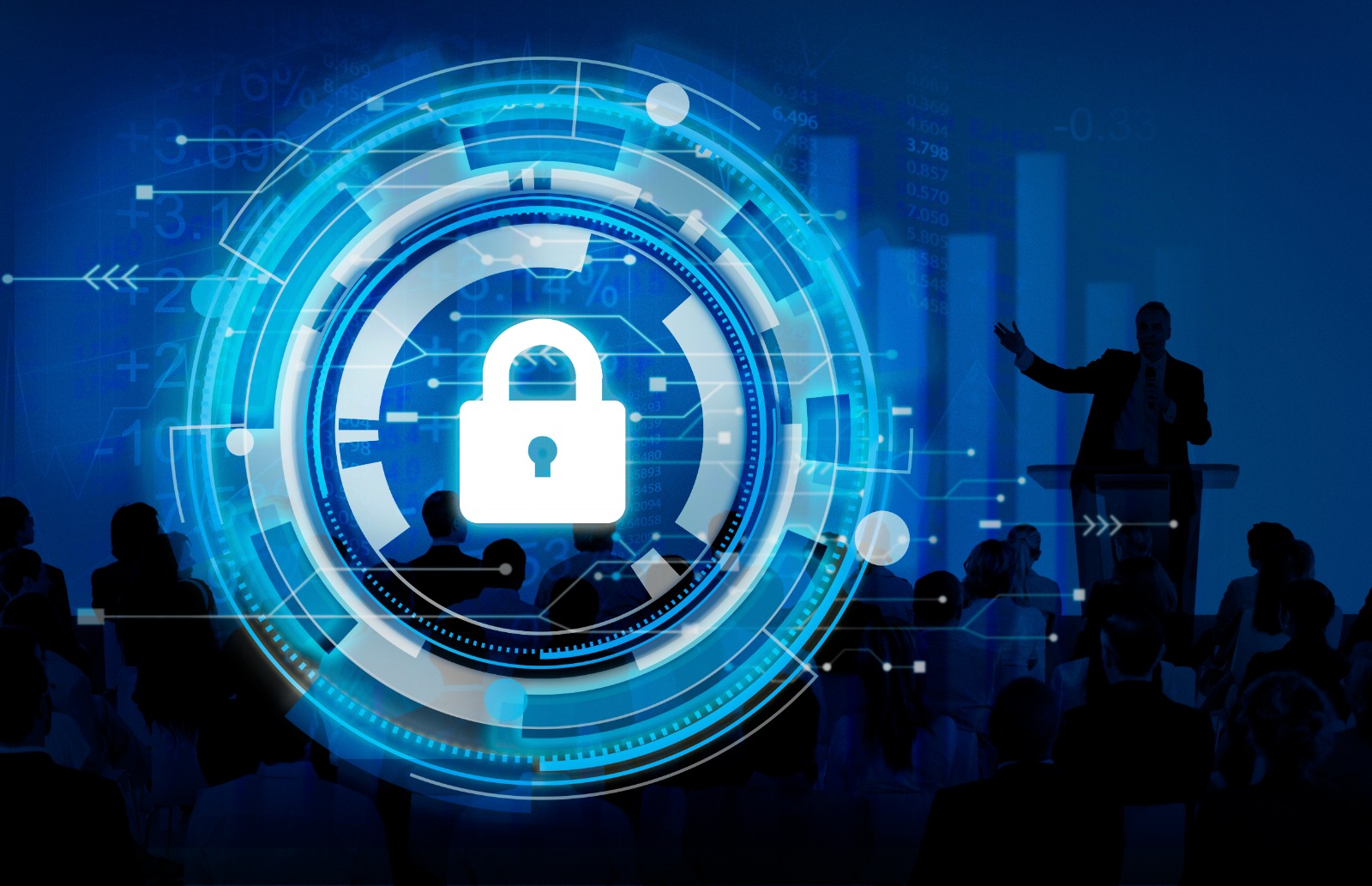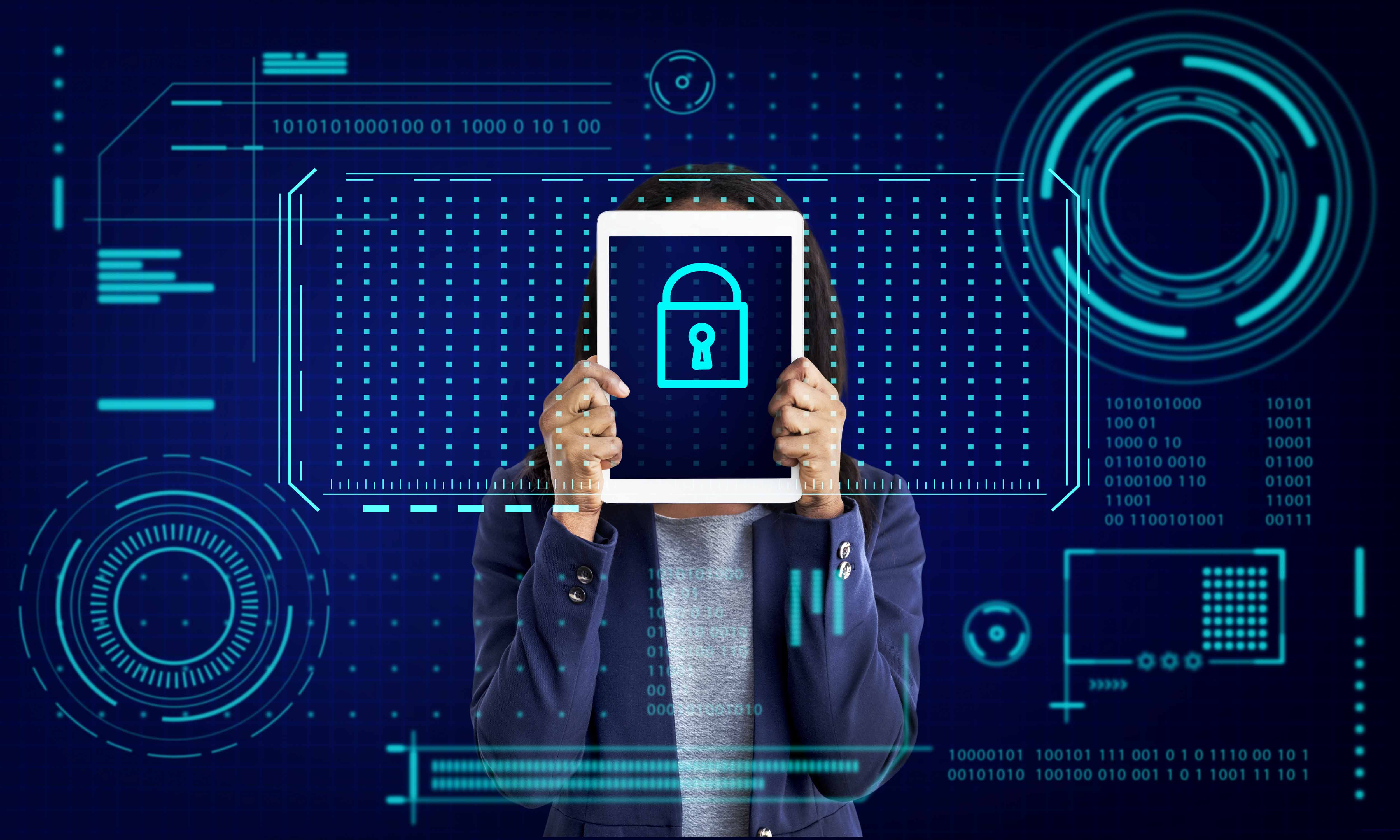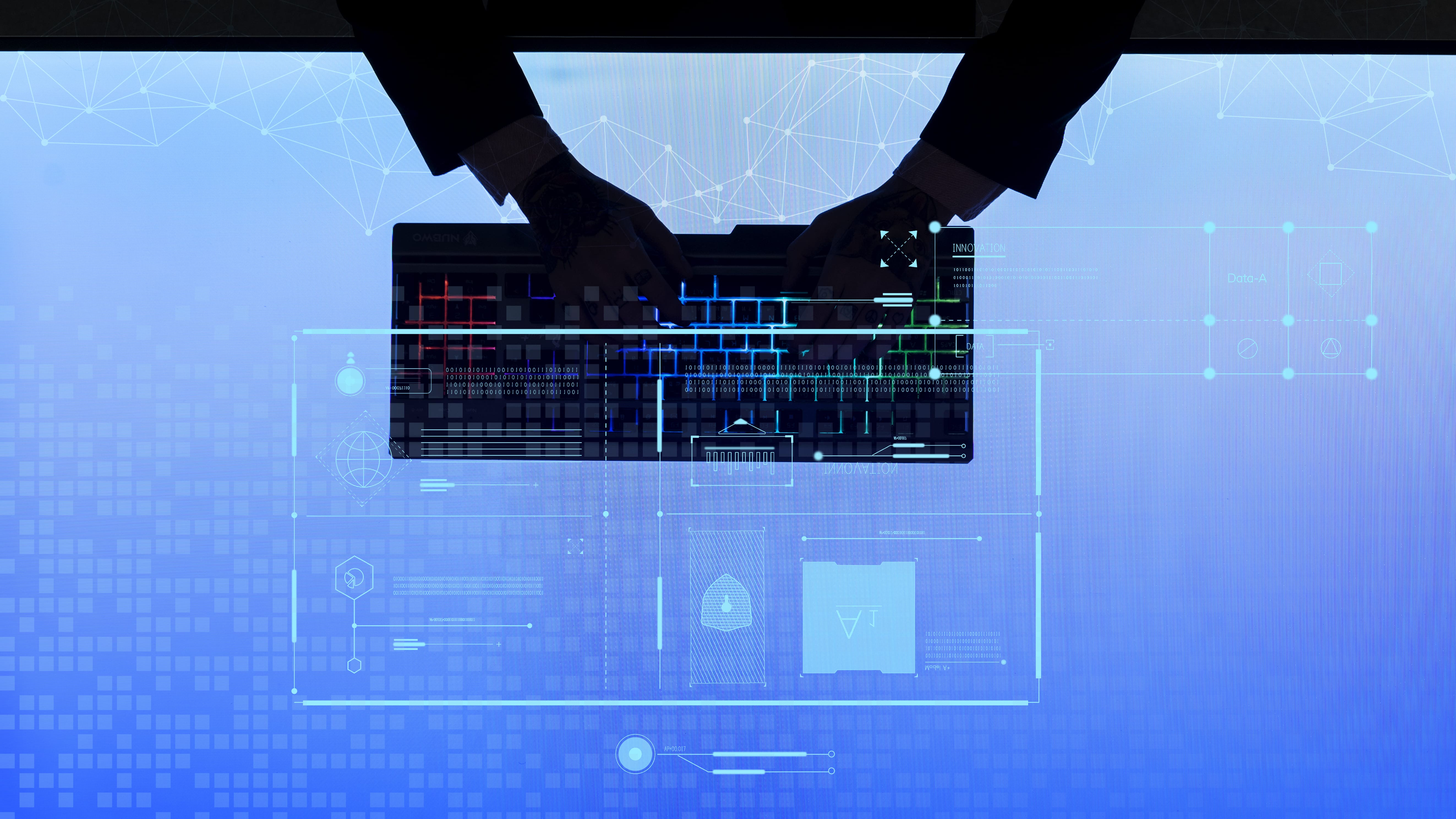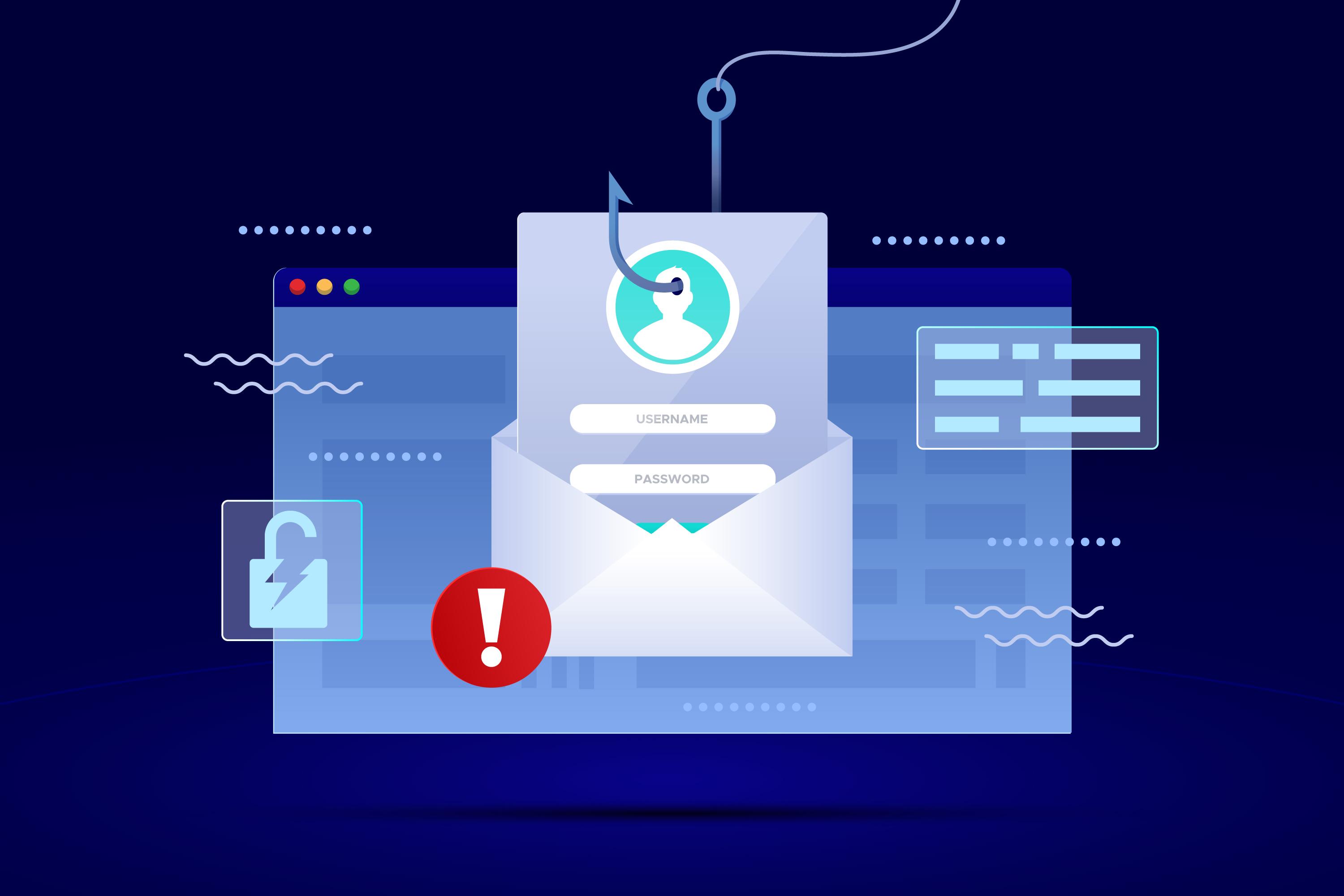
by Rebeca | May 31, 2023 | Uncategorized
Vulnerability scanning is a proactive approach to cybersecurity that involves using software tools to detect and analyse security weaknesses in systems and networks. This method assists businesses in identifying potential vulnerabilities before hackers attack them.
By performing regular vulnerability scans, organizations may proactively discover and resolve security issues, lowering the risk of cyber-attacks and data breaches.
Top 5 Vulnerability Scanning Tools:
Nessus
A well-known vulnerability scanner that provides complete vulnerability detection, configuration auditing, and malware detection. With a large vulnerability database, Nessus generates thorough reports and provides repair advice.
OpenVAS
Free and open-source vulnerability scanner that is well-known for its dependability and large plugin database. It provides extensive scanning features, including as vulnerability checks and configuration audits. OpenVAS generates extensive reports and can be integrated with other security technologies.
QualysGuard
A vulnerability management tool that is cloud-based and provides continuous monitoring, vulnerability assessment, and asset discovery. It provides detailed reports and prioritizes vulnerabilities based on severity. QualysGuard can also be integrated with other security products.
Rapid7 Nexpose
Scalable vulnerability management solution is suitable for businesses of all sizes. It offers real-time risk assessment, vulnerability scanning, and asset discovery. Nexpose provides detailed reports, dashboards, and remediation recommendations.
Tenable.io
A cloud-based vulnerability management platform that combines vulnerability scanning, threat intelligence, and asset detection. It offers comprehensive visibility into vulnerabilities across diverse environments and provides prioritized remediation guidance. Tenable.io integrates well with other security tools.
Vulnerability scanning is an essential practice for organizations to enhance their cybersecurity defences. The selection of the most suitable tool depends on factors such as the organization’s size, requirements, and budget. By leveraging these advanced tools, organizations can protect their systems, safeguard sensitive data, and stay ahead of potential attackers.
If you want to know how to keep your company protected, contact us.
Shall we talk?
(1) skyone.solutions.com
(2) intruder.io

by Rebeca | May 24, 2023 | cloud, cybersecurity, soffid
Protecting your digital identity and ensuring business security is crucial in today’s digital landscape. Identity and access management (IAM) plays a vital role in safeguarding digital experiences and mitigating potential consequences. Here are five essential IAM security practices to protect your company’s digital identity:
Implement robust password policies to prevent security risks associated with weak or reused passwords. Consequences may include data loss, IP theft, and compliance violations.
Use multifactor authentication (MFA) to defend against identity theft attacks. Attackers with password access can infiltrate systems, engage in fraud, and spread malware, leading to reputational damage, customer loss, and financial losses.
Manage privileges properly to prevent employees from gaining unnecessary access or abusing their privileges, which can result in data leaks, internal sabotage, and reputational harm.
Regularly monitor and audit systems to detect malicious activity and suspicious behaviour promptly. Failure to do so can lead to security breaches, exposing confidential data, incurring regulatory penalties, and losing customers.
Stay up-to-date with security patches and updates to avoid known vulnerabilities. Neglecting updates can leave your company susceptible to malware attacks, system compromises, operational disruptions, revenue loss, and damage to your brand’s reputation.
Protecting your company’s digital identity is essential for security and business continuity. By implementing strong IAM security practices, you can mitigate potential consequences such as data loss, reputational damage, and financial losses. Don’t overlook the importance of safeguarding your digital identity in today’s digital landscape.
Soffid is a converged IAM platform that will help you implement everything necessary to keep your company safe.
Shall we talk?
(1) readwrite.com

by Rebeca | May 17, 2023 | cloud, cybersecurity, Idaas, soffid, trends
Identity-as-a-Service, or Idaas, is a cloud service that provides a layer of security for users’ digital identities within an organization. With the growing importance of information security and the need to control access to enterprise systems and applications, Idaas has become an increasingly popular solution for many businesses.
An organization can manage and regulate access to its systems and applications through user authentication by leveraging an Idaas service. This guarantees that only authorized individuals have access to the company’s digital resources, which aids in the prevention of unauthorized access and cyber dangers. Idaas also offers many benefits for organizations. First, it allows companies to easily manage user access across multiple systems and applications, simplifying identity management. It also reduces the workload for IT departments, as they no longer need to worry about implementing and managing separate identity and access solutions.
Another significant advantage of Idaas is its scalability and flexibility. Companies can add or delete users as needed, and access regulations can be tailored to their specific needs. Furthermore, security upgrades and enhancements are automatically installed, guaranteeing that the business consistently has the most up-to-date identity security technology.
Idaas is a cloud-based identity security solution that enables businesses to monitor and manage access to their systems and apps. Organizations can increase information security, simplify identity management, and minimize the strain on IT staff by employing an Idaas service. If your firm has not yet adopted Idaas, you should look into it to strengthen identification and access security.
Soffid provides everything required to carry out this service.
Shall we talk?
(1) infosecurity-magazine.com

by Rebeca | May 10, 2023 | cloud, Customer, Definitions
Protecting against Phishing: How Companies Can Stay Safe
Phishing is becoming an increasingly common threat. In this post, we explain in more detail what it is and how hackers access companies’ confidential information. We will also look at ways companies can protect themselves against this type of attack, and how Soffid can help companies and organizations stay safe.
What is Phishing?
Phishing is a type of cyber-attack in which hackers try to deceive users into revealing confidential information, such as passwords or credit card numbers. These attacks are often carried out through fraudulent emails that appear legitimate, and that contain links or attachments that download malicious software onto users’ devices.
Which types of companies are affected by phishing and how do hackers access information?
Phishing can affect any company, regardless of its size or sector. Hackers often target companies that store valuable information, such as customer personal data or financial information. If a successful attack occurs, they can access this information and use it for fraud, identity theft, or extortion.
Cybercriminals send fraudulent emails or messages that appear to be from trusted sources, such as banks or social networks, to lead users to fake websites. There, they enter their credentials, giving access to their personal and financial information. They can also send malicious attachments that download malware. Another common way is through phone calls, text messages, or social media, in which they impersonate legitimate institutions and request information.
How can we protect ourselves?
It is essential for companies to protect themselves against these attacks. Monitoring and analysing emails to detect suspicious patterns, filtering emails, and educating employees about the risks of phishing are some of the implementations that must be carried out. Other important measures include installing cybersecurity tools, such as firewalls and antivirus software.
At Soffid, we want to help protect companies’ data with complete security solutions. Discovery our convergent platform.
Shall we talk?
(1) Gov UK

by Rebeca | May 10, 2023 | cloud, Customer, cybersecurity, News, Release, Resources, trends
Protecting against Phishing: How Companies Can Stay Safe
Phishing is becoming an increasingly common threat. In this post, we explain in more detail what it is and how hackers access companies’ confidential information. We will also look at ways companies can protect themselves against this type of attack, and how Soffid can help companies and organizations stay safe.
What is Phishing?
Phishing is a type of cyber-attack in which hackers try to deceive users into revealing confidential information, such as passwords or credit card numbers. These attacks are often carried out through fraudulent emails that appear legitimate, and that contain links or attachments that download malicious software onto users’ devices.
Which types of companies are affected by phishing and how do hackers access information?
Phishing can affect any company, regardless of its size or sector. Hackers often target companies that store valuable information, such as customer personal data or financial information. If a successful attack occurs, they can access this information and use it for fraud, identity theft, or extortion.
Cybercriminals send fraudulent emails or messages that appear to be from trusted sources, such as banks or social networks, to lead users to fake websites. There, they enter their credentials, giving access to their personal and financial information. They can also send malicious attachments that download malware. Another common way is through phone calls, text messages, or social media, in which they impersonate legitimate institutions and request information.
How can we protect ourselves?
It is essential for companies to protect themselves against these attacks. Monitoring and analysing emails to detect suspicious patterns, filtering emails, and educating employees about the risks of phishing are some of the implementations that must be carried out. Other important measures include installing cybersecurity tools, such as firewalls and antivirus software.
At Soffid, we want to help protect companies’ data with complete security solutions. Discovery our convergent platform.
Shall we talk?
(1) Gov UK





